WinHEC: The unique advantage of the PC is choice
Microsoft tries to convince hardware partners that Windows 7 will ship on time and asks for more focus on hardware and software reliability.
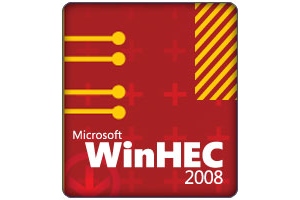

Opening the only Windows Hardware Engineering Conference (WinHEC) due before Windows 7 ships, Microsoft fired a broadside at rival Apple, emphasising the benefits of the broad range of PC form factors and devices available.
The company also called on attendees at the event in Los Angeles for help to improve the PC experience, particularly with driver and application compatibility and reliability.
Acknowledging the impact of delays to its Windows Vista operating system, senior vice president of the Windows Core OS division Jon DeVaan admitted better needed to be done for the launch of Windows 7.
"One of the things we knew we needed to do was give [partners] reliable pre-release builds that give you confidence that when we say we're going to ship Windows 7 on a particular date, you'll believe us... so you can have faith we're going to deliver a high-quality Windows 7 on time," he said.
Microsoft also tried to assure developers that improvements in Windows 7 will fix issues with battery life and start-up and shutdown times. DeVaan highlighted improvements like an additional 11 per cent extra battery life when playing a DVD in Windows 7 by reducing the load on the CPU and GPU by three per cent and five per cent respectively. Windows 7-based machines can make better use of low-power modes when using Wi-Fi if there's a strong signal; while changes to the kernel and system clock will also increase power efficiency.
DeVaan suggested slow shutdown times were often caused by badly-behaved services. "It's usually a timeout - telemetry tells us there's some kind of untied shoelace."
He promised to simplify Microsoft's various certification programmes and appealed to developers to develop 64-bit drivers, use key tools to check their effect on system performance and look for bugs in software and drivers. This will benefit users, he said, adding how Microsoft shares customers with its hardware partners.
Get the ITPro daily newsletter
Sign up today and you will receive a free copy of our Future Focus 2025 report - the leading guidance on AI, cybersecurity and other IT challenges as per 700+ senior executives
"Trust us to do the compatibility work and let your products work on newer versions of Windows and our mutual customer will have a better experience as we go forward".
Steven Sinofsky, senior vice president of the Windows group, demonstrated the hardware-focussed features of Windows 7 and made a veiled comparison to the Mac's limited number of form factors.
"Choice is an important part of all we do together; with Windows 7 we're really focussed on enabling you to deliver a great deal of experience and choice... unique types of PCs with different form factors and price points."
He showed Windows 7 running on an Asus Eee PC netbook with a 16GB SSD "with room to spare" as well as on a Core i7 quad-core gaming PC with twin NVIDIA 280 GTX cards that he said had: "150 times the graphics power of this Eee PC, and that's the range of performance you can get on the Windows platform".
Other demonstrations highlighted native support for Bluetooth 2.1 and 3G and the touch-enabled Media Centre interface as well as support for the new Device Stage experience from Nokia (for the N95), Logitech, Canon, Epson and SanDisk.
Sinofsky gave more details of how the previously announced Windows Rally technologies (vertical pairing, PnPX and Windows Connect Now) enable faster and simpler device connections including the Windows 7 PlayTo feature, which he used to send images to a wireless picture frame directly; functionality he said Microsoft had found customers "are willing to spend over $100 extra for".
Sinofsky referred briefly to ShedChip' functionality that could use hardware acceleration to speed up transcoding for media files being played on devices without support for the codec of the original file, perhaps taking advantage of the built-in H.264 and HD support in the latest generation of GPUs.
Sinofsky also showed a Lenovo ThinkPad with a spectraphotometer that calibrated the screen to show 100 per cent of the full Adobe Photoshop gamma for what he claimed was "the first time ever, on any PC on any platform". Microsoft supports a wide range of form factors and devices from a vast number of hardware partners and it wants to win back their trust as well as reminding customers that this brings them much more choice than Apple's limited number of form factors.
Mary is a freelance business technology journalist who has written for the likes of ITPro, CIO, ZDNet, TechRepublic, The New Stack, The Register, and many other online titles, as well as national publications like the Guardian and Financial Times. She has also held editor positions at AOL’s online technology channel, PC Plus, IT Expert, and Program Now. In her career spanning more than three decades, the Oxford University-educated journalist has seen and covered the development of the technology industry through many of its most significant stages.
Mary has experience in almost all areas of technology but specialises in all things Microsoft and has written two books on Windows 8. She also has extensive expertise in consumer hardware and cloud services - mobile phones to mainframes. Aside from reporting on the latest technology news and trends, and developing whitepapers for a range of industry clients, Mary also writes short technology mysteries and publishes them through Amazon.
-
 Should AI PCs be part of your next hardware refresh?
Should AI PCs be part of your next hardware refresh?AI PCs are fast becoming a business staple and a surefire way to future-proof your business
By Bobby Hellard Published
-
 Westcon-Comstor and Vectra AI launch brace of new channel initiatives
Westcon-Comstor and Vectra AI launch brace of new channel initiativesNews Westcon-Comstor and Vectra AI have announced the launch of two new channel growth initiatives focused on the managed security service provider (MSSP) space and AWS Marketplace.
By Daniel Todd Published
-
 Microsoft angers admins as April Patch Tuesday delivers password feature without migration guidance
Microsoft angers admins as April Patch Tuesday delivers password feature without migration guidanceNews Security fixes include a zero day exploited by a ransomware group and seven critical flaws
By Connor Jones Published
-
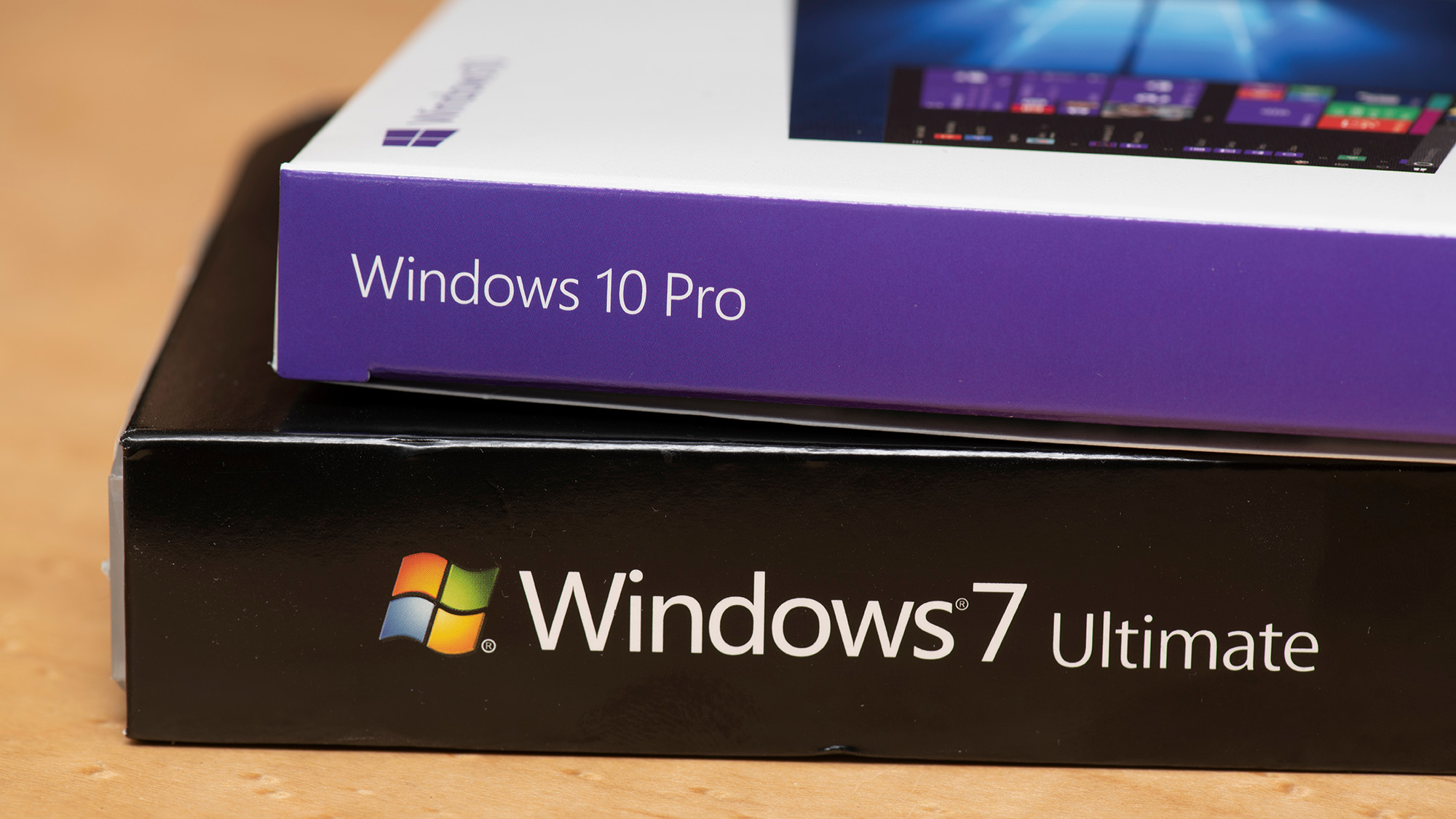 Managing a late migration
Managing a late migrationOpinion When it comes to moving from Windows 7 to Windows 10, it's better late than never
By Jon Honeyball Published
-
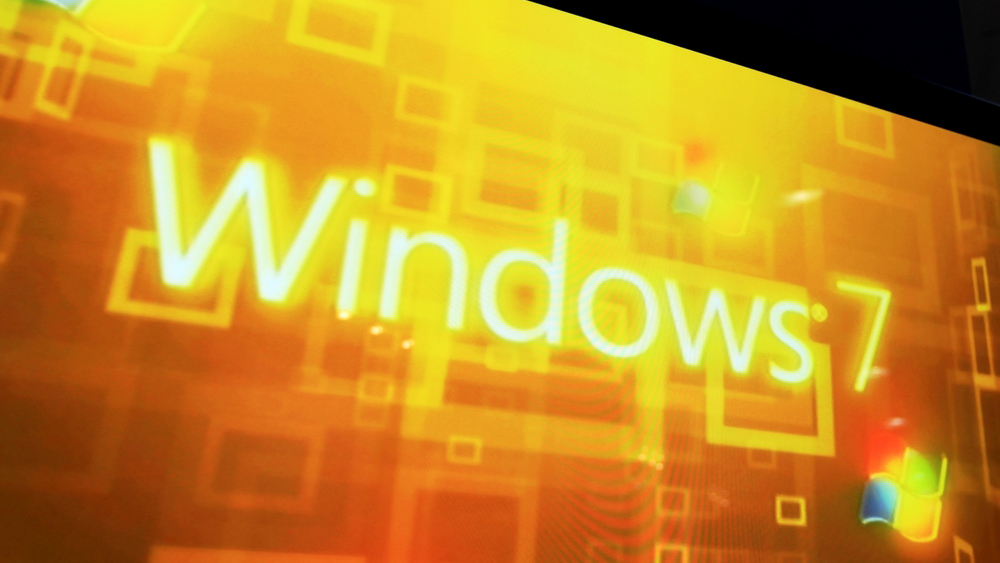 How to set up a Windows 7 emulator for Windows 10
How to set up a Windows 7 emulator for Windows 10Tutorials A complete guide for setting up a Windows 7 emulator for Windows 10 so you don’t lose access to your apps
By Nik Rawlinson Last updated
-
 The autopsy of Windows 7
The autopsy of Windows 7In-depth Report of a postmortem examination
By Chris Merriman Published
-
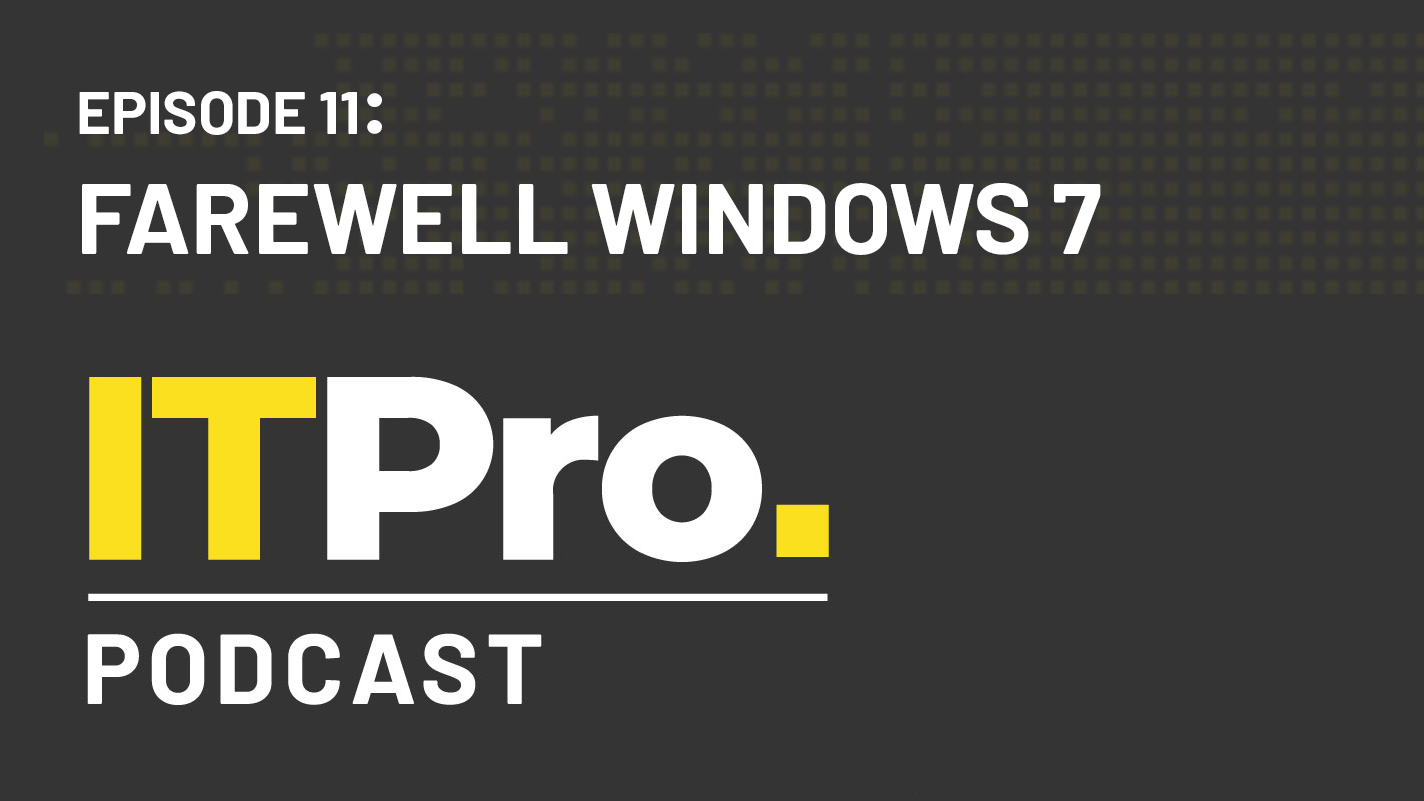 The IT Pro Podcast: Farewell Windows 7
The IT Pro Podcast: Farewell Windows 7IT Pro Podcast We reflect on the legacy of one of Microsoft's most enduringly popular operating systems
By IT Pro Published
-
 Windows 7 ends: what do you do next?
Windows 7 ends: what do you do next?In-depth From SMBs to big business and individuals, after 10 years it's time to move on from Windows 7
By Jon Honeyball Published
-
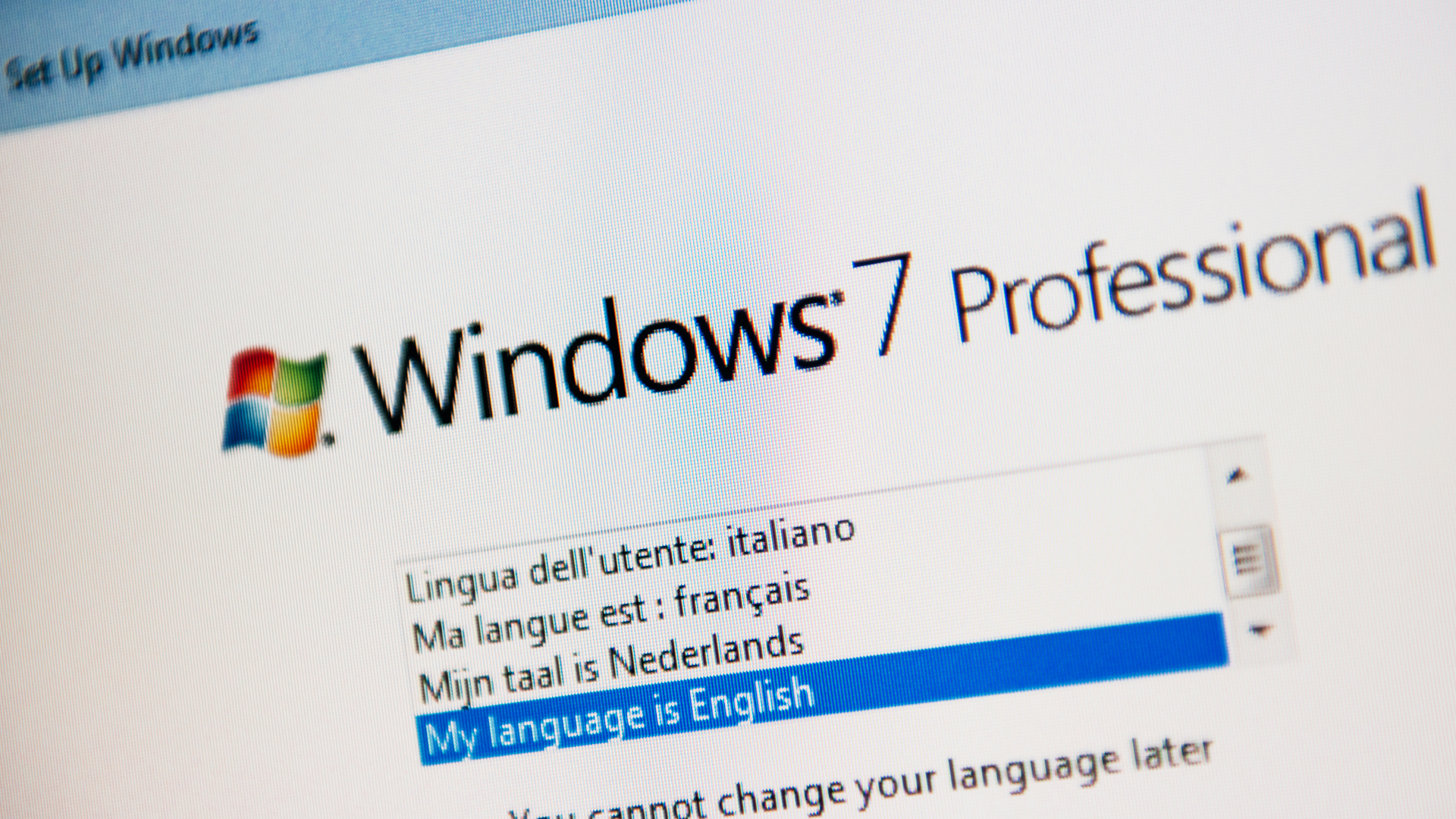 Windows 7 end of life: What to do if you haven't upgraded yet
Windows 7 end of life: What to do if you haven't upgraded yetIn-depth Microsoft has now officially moved Windows 7 to end of life, meaning it's no longer a viable business platform
By Dale Walker Last updated
-
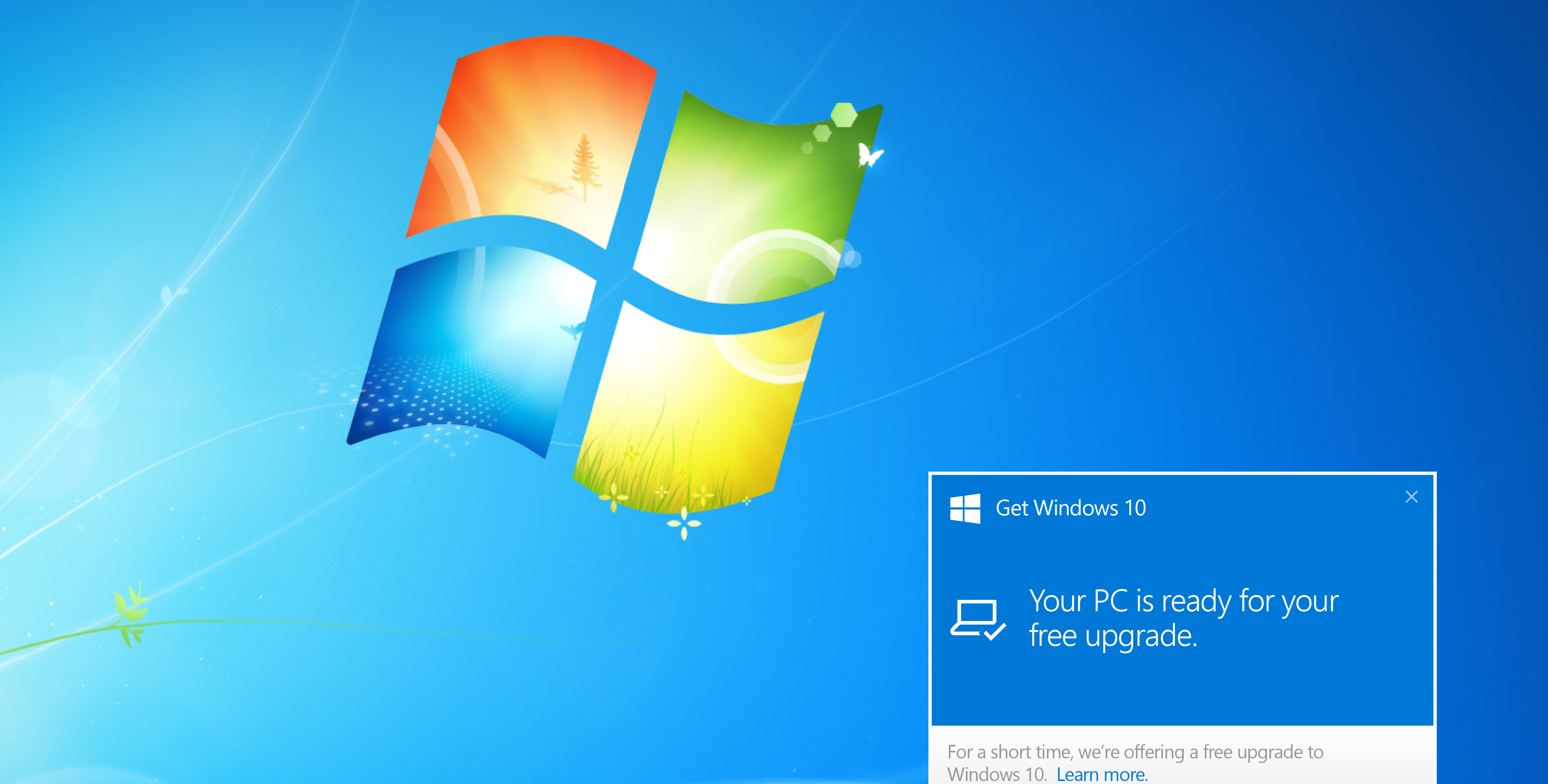 Windows 10 vs Windows 8.1 vs Windows 7 - Microsoft OS head-to-head
Windows 10 vs Windows 8.1 vs Windows 7 - Microsoft OS head-to-headVs We pit Microsoft's most popular operating systems against each other to see which is the greatest of all time
By Mike Passingham Last updated